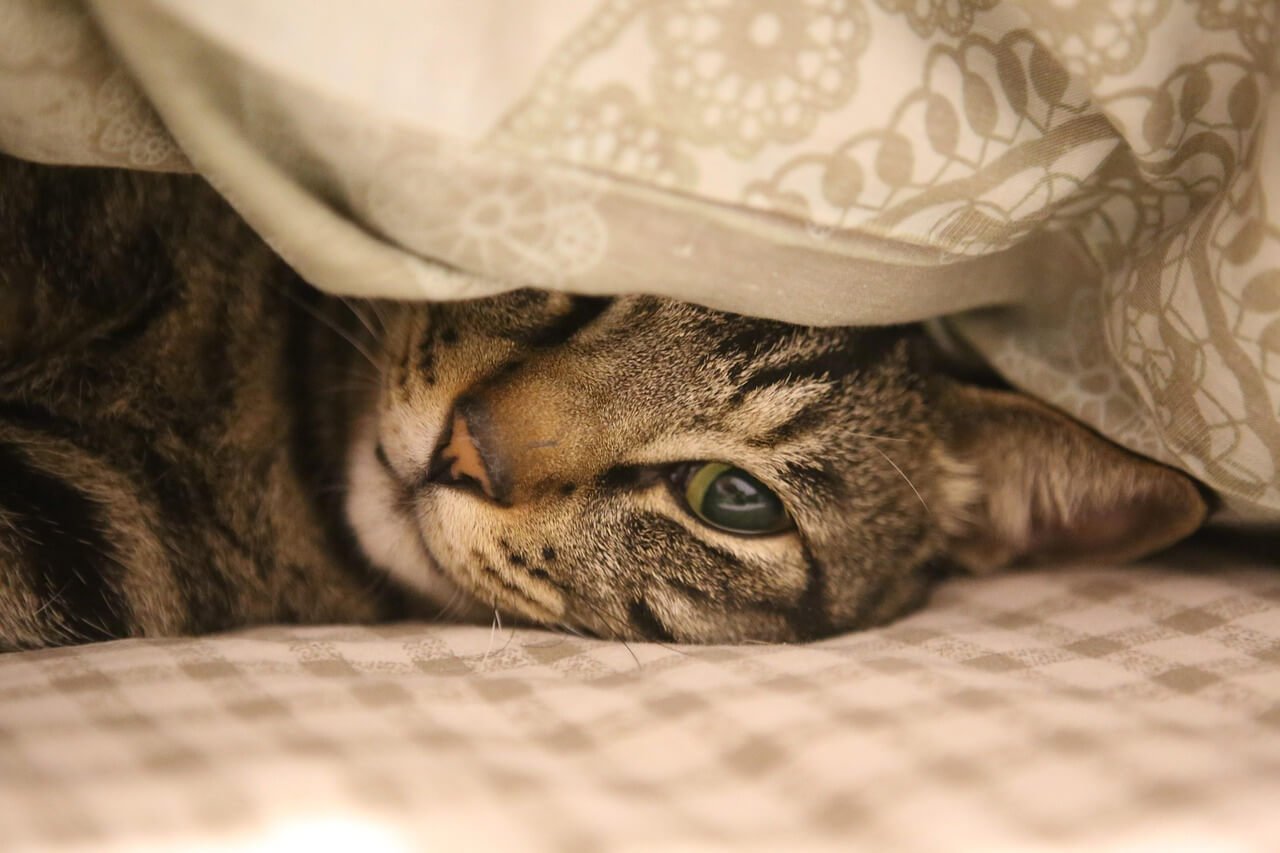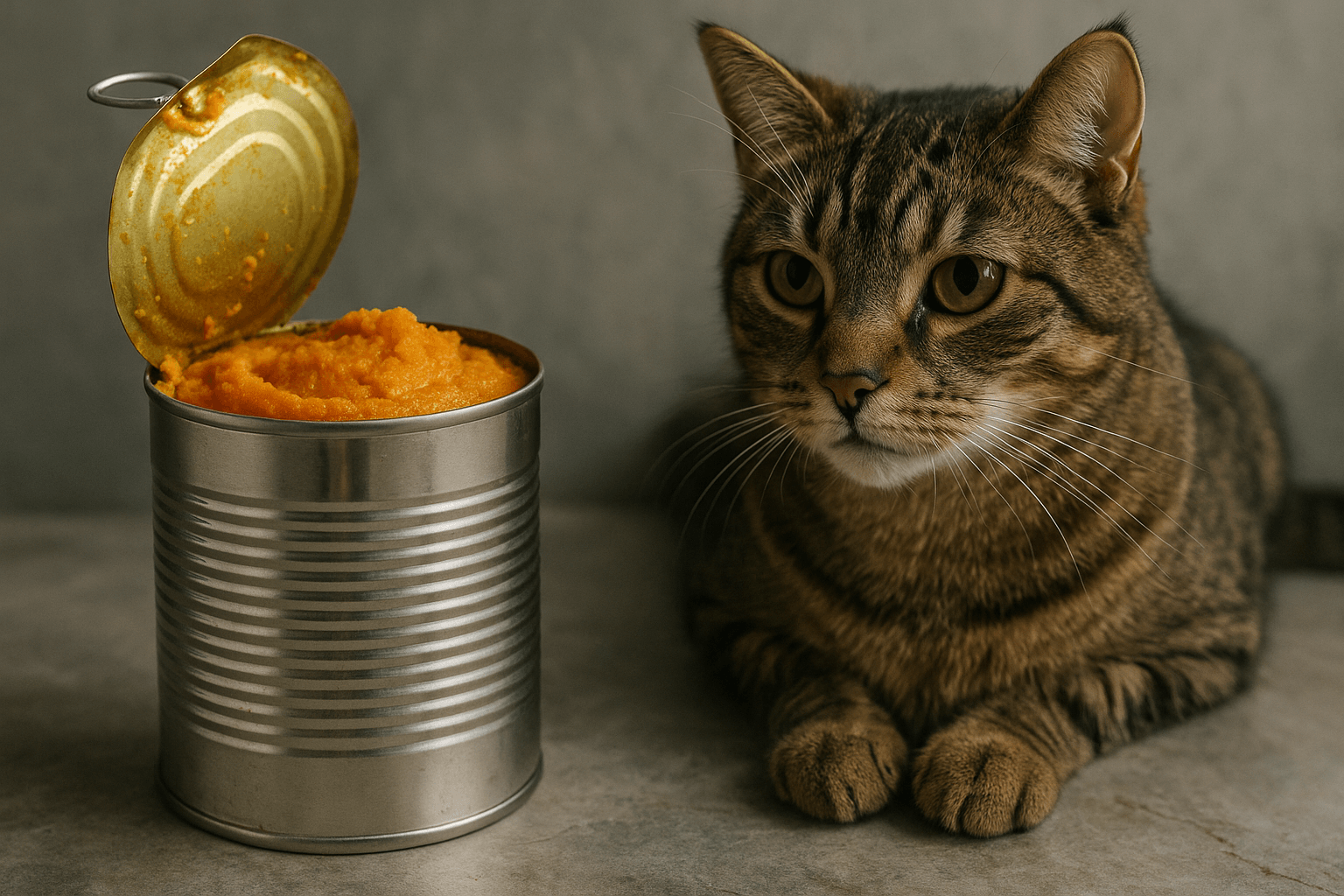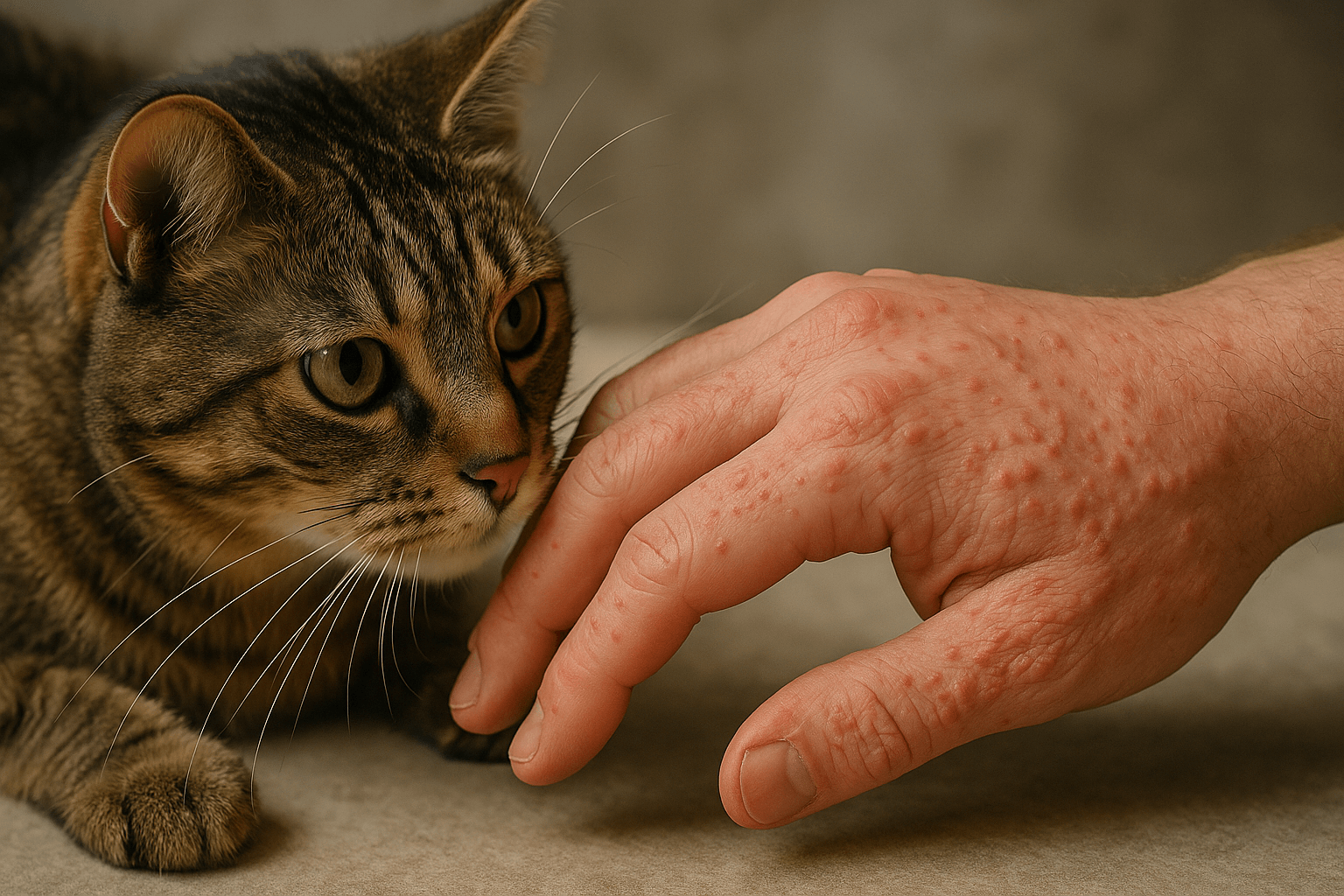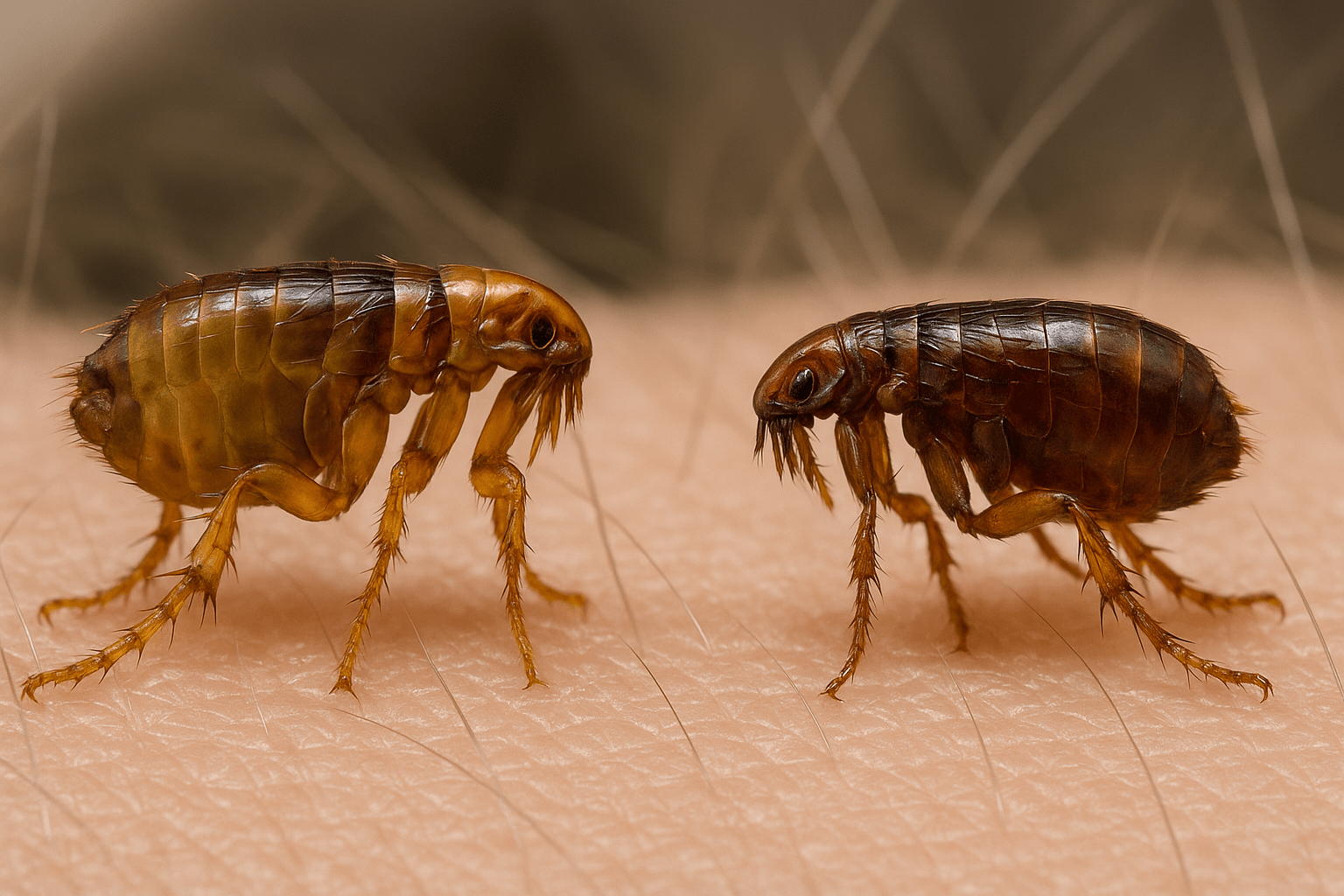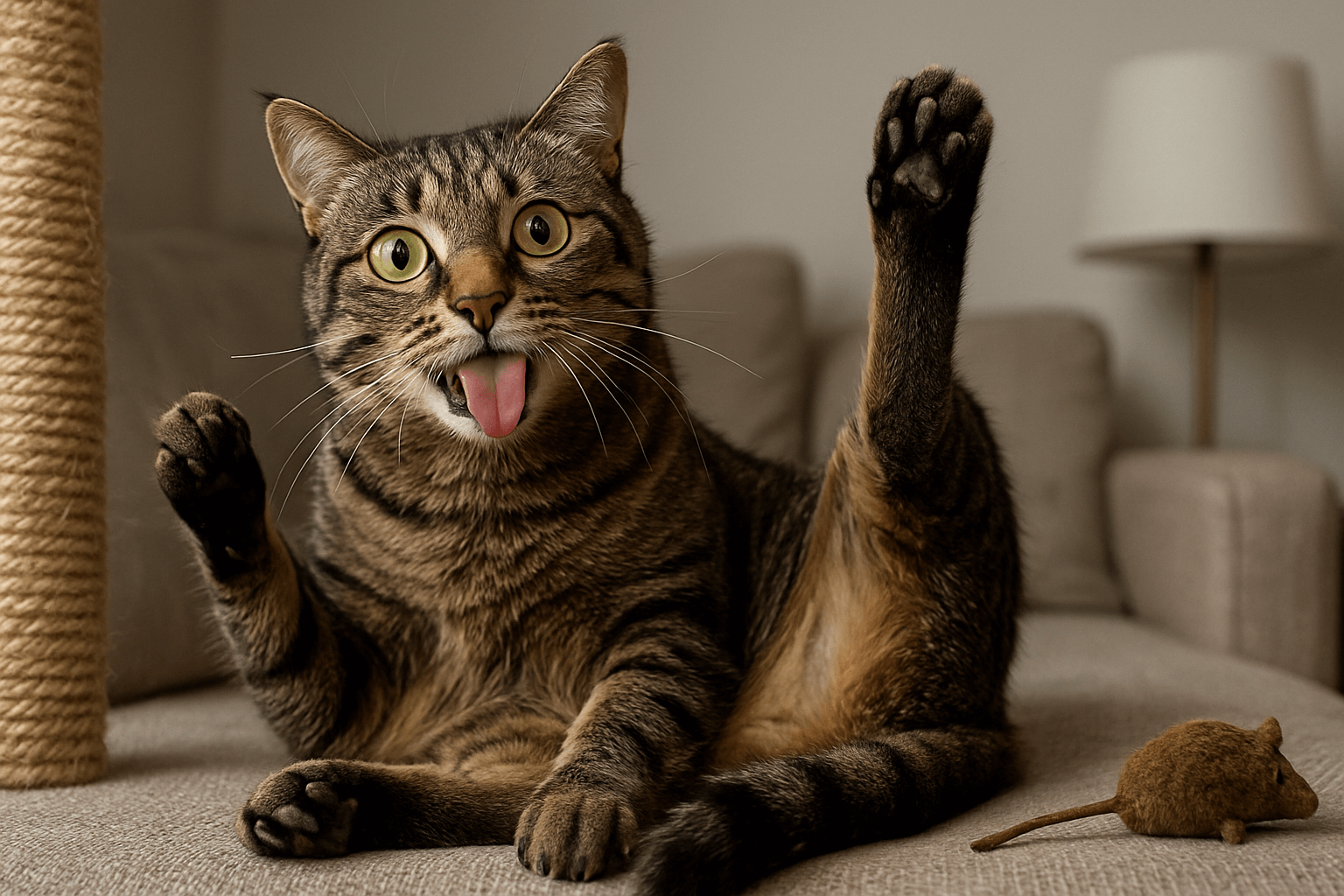Why Does My Cat Throw Up After Eating Dry Food? Understanding the Causes and Solutions
If your cat frequently throws up after eating dry food, you’re not alone. Many cat owners face this frustrating issue, but it’s important to understand that vomiting isn’t always a sign of something serious. Cats have sensitive digestive systems, and certain factors—ranging from dietary choices to underlying health conditions—can contribute to this behavior. While occasional vomiting might be harmless, persistent or severe episodes warrant attention. In this article, we’ll explore the potential reasons why your cat might throw up after eating dry food, offer practical tips to address the problem, and help you ensure your feline friend stays healthy and happy.
Unpacking the Mystery: Why Is Your Cat Throwing Up?
Cats can vomit for a variety of reasons, especially after consuming dry food. Identifying the root cause is the first step toward resolving the issue. Here are some common explanations for this behavior:
Eating Too Quickly :
Cats that gobble their food may swallow excess air, leading to regurgitation shortly after eating.Hairballs :
Grooming introduces hair into their digestive system, which can sometimes trigger vomiting after meals.Food Intolerances or Allergies :
Some cats are sensitive to specific ingredients in dry food, causing digestive upset.Low Moisture Content in Dry Food :
Dry food lacks hydration, which can lead to dehydration and difficulty digesting.Underlying Health Issues :
Conditions like gastritis, pancreatitis, or gastrointestinal disorders may cause chronic vomiting.
Understanding these causes can help you determine whether the issue is minor or requires veterinary intervention. Always monitor your cat’s overall health and behavior for additional clues.
When to Worry: Red Flags to Watch For
While occasional vomiting might not be alarming, certain signs indicate that your cat’s condition could be more serious. Pay close attention to these warning signs:
Frequent Vomiting :
If your cat vomits multiple times within a short period, it could signal a deeper issue.Blood in Vomit :
The presence of blood indicates potential ulcers, infections, or other serious conditions.Lethargy or Weakness :
A lack of energy or unusual fatigue alongside vomiting may point to illness.Loss of Appetite :
Refusing to eat for more than 24 hours is a red flag that requires immediate attention.Diarrhea or Constipation :
Digestive irregularities accompanying vomiting suggest gastrointestinal distress.
If you notice any of these symptoms, consult your veterinarian promptly. Early diagnosis and treatment can prevent complications and ensure your cat’s well-being.
Check this guide 👉Why Is My Cat Throwing Up Undigested Food? Best 7 Tips!
Check this guide 👉Why Does My Cat Eat Too Fast and Throw Up? Best 7 Tips!
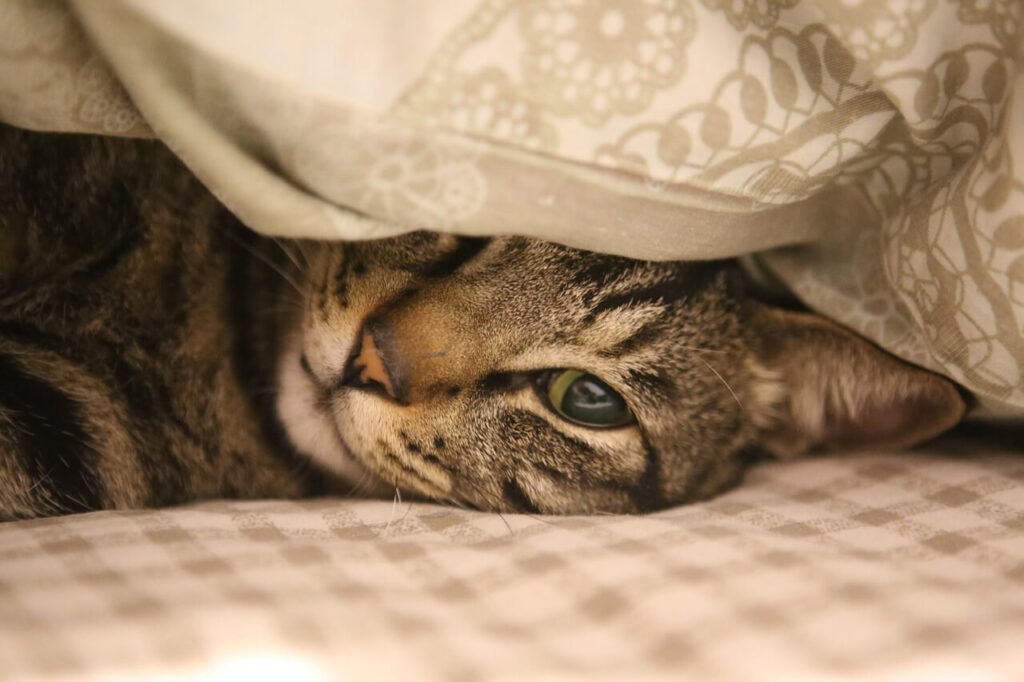
Possible Causes of Vomiting | Solutions to Try |
|---|---|
Eating too quickly | Use a slow feeder bowl |
Hairball issues | Brush your cat regularly |
Food intolerances | Switch to a hypoallergenic diet |
Low moisture in dry food | Add water or switch to wet food |
Underlying health conditions | Schedule a vet check-up |
How to Help Your Cat Enjoy Their Meals Without Discomfort
If your cat frequently throws up after eating dry food, there are several steps you can take to minimize or eliminate this issue. These practical tips focus on dietary adjustments and feeding habits:
Transition to Wet Food :
Wet food has higher moisture content, making it easier to digest and reducing the risk of dehydration.Introduce a Slow Feeder Bowl :
These bowls encourage slower eating, preventing air swallowing and regurgitation.Provide Fresh Water :
Ensure your cat has constant access to clean water to aid digestion and hydration.Switch to High-Quality Dry Food :
Opt for premium brands with easily digestible ingredients and fewer fillers.Feed Smaller, More Frequent Meals :
Breaking meals into smaller portions throughout the day can ease digestion.
By implementing these strategies, you can create a more comfortable and enjoyable dining experience for your cat while minimizing the likelihood of vomiting.
Tackling Hairballs and Promoting Better Digestion
Hairballs are a common culprit behind vomiting, especially in cats that groom excessively. Managing hairballs and supporting your cat’s digestive health can significantly reduce the frequency of vomiting episodes. Here’s how:
Regular Grooming Sessions :
Brush your cat daily to remove loose fur and reduce the amount they ingest during grooming.Use Hairball-Control Treats :
Special treats formulated to reduce hairball formation can be an effective supplement.Add Fiber to Their Diet :
Incorporating fiber-rich foods or supplements can help move hair through the digestive tract.Encourage Play and Exercise :
Physical activity stimulates digestion and reduces stress-related grooming behaviors.Monitor Their Litter Box Habits :
Changes in stool consistency or frequency can provide insights into digestive health.
By addressing hairballs and promoting better digestion, you can help your cat feel more comfortable and reduce the chances of vomiting after meals.
Small Changes, Big Impact: Optimizing How You Feed Your Cat
Sometimes, the way you feed your cat can contribute to vomiting after meals. Making simple adjustments to their feeding routine can make a significant difference in their digestive comfort. Here are some practical feeding tips to try:
Elevate the Food Bowl :
Raising the bowl to chest level can reduce strain on your cat’s neck and improve digestion.Limit Distractions During Meals :
Ensure your cat eats in a quiet, calm environment to prevent stress-related eating habits.Avoid Mixing Foods Without Transition :
Sudden dietary changes can upset your cat’s stomach; introduce new foods gradually over 7–10 days.Monitor Portion Sizes :
Overfeeding can overwhelm your cat’s digestive system, so stick to recommended serving sizes.Use Puzzle Feeders :
These encourage slower eating and mental stimulation, reducing the risk of regurgitation.
By refining how and where your cat eats, you can help them digest their food more comfortably and minimize vomiting episodes.
The Importance of Hydration: Why Water Matters for Your Cat
Dehydration is a common issue among cats, especially those that primarily eat dry food. Since cats have a naturally low thirst drive, insufficient water intake can lead to digestive problems, including vomiting. Here’s how to ensure your cat stays properly hydrated:
Add Water to Dry Food :
Mix a small amount of water into their dry food to increase moisture content.Place Multiple Water Bowls Around the House :
Cats are more likely to drink if water is easily accessible in different locations.Invest in a Cat Water Fountain :
Many cats prefer running water, which can encourage them to drink more.Offer Broth or Wet Food :
Adding wet food or bone broth to their diet provides extra hydration and nutrients.Monitor Urination Frequency :
A decrease in urination may indicate dehydration; consult your vet if this occurs.
Proper hydration supports healthy digestion and reduces the likelihood of vomiting. By prioritizing water intake, you’re taking a crucial step toward your cat’s overall well-being.
When to Consider Switching Foods: Recognizing Nutritional Needs
If your cat continues to vomit despite other interventions, their current diet might not be meeting their nutritional needs. Certain signs can indicate it’s time to explore alternative food options. Here’s what to look for:
Persistent Vomiting After Meals :
If vomiting doesn’t improve despite adjustments, the food may not agree with your cat.Weight Loss or Gain :
Significant changes in weight can signal an imbalance in their diet.Dull or Dry Coat :
Poor coat condition often reflects inadequate nutrition or hydration.Excessive Gas or Burping :
Digestive discomfort may indicate that your cat’s food is hard to process.Refusal to Eat Certain Foods :
Picky eating could mean your cat dislikes or can’t tolerate specific ingredients.
Switching to a high-quality, balanced diet tailored to your cat’s needs can resolve many digestive issues. Always transition slowly to avoid further upset.
Frequently Asked Questions About Cats Throwing Up After Eating Dry Food
How often is it normal for a cat to vomit?
Occasional vomiting (once a month or less) may be normal, but frequent episodes require attention.
Should I stop feeding my cat dry food altogether?
Not necessarily; try switching to high-quality dry food or incorporating wet food for better hydration.
Can stress cause my cat to vomit?
Yes, stress or anxiety can disrupt digestion and lead to vomiting.
What should I do if my cat vomits blood?
Seek immediate veterinary care, as this could indicate a serious condition.
Are certain breeds more prone to vomiting?
Breeds with flat faces, like Persians, may have more digestive issues due to their anatomy.
Final Thoughts: Supporting Your Cat’s Digestive Well-Being
Vomiting after eating dry food can be unsettling for both you and your cat, but understanding the potential causes and solutions empowers you to take action. Whether it’s adjusting their diet, managing hairballs, or consulting your veterinarian, there are plenty of ways to address this issue. Remember, your cat relies on you to advocate for their health and comfort. By staying observant, proactive, and compassionate, you can ensure they enjoy their meals without discomfort. With a little effort and care, you’ll help your feline companion thrive and maintain their playful, loving nature for years to come.
Canned Pumpkin for Cat Diarrhea: Best 7 Expert Tips! Natural remedy to firm stools, soothe upset bellies, and support gut health safely.
Can a Cat Give You Scabies? Best 7 Expert Tips! Discover the truth about feline mites, human skin risks, and how to protect yourself—without panic.
Cat Flea vs Human Flea: Best 7 Expert Tips! Discover the truth about bites, species, and how to eliminate infestations for good.
Weird Cat Behaviors: Best 7 Expert Tips! Discover why cats do strange things—and how to understand, not punish, their instincts for a happier home.

